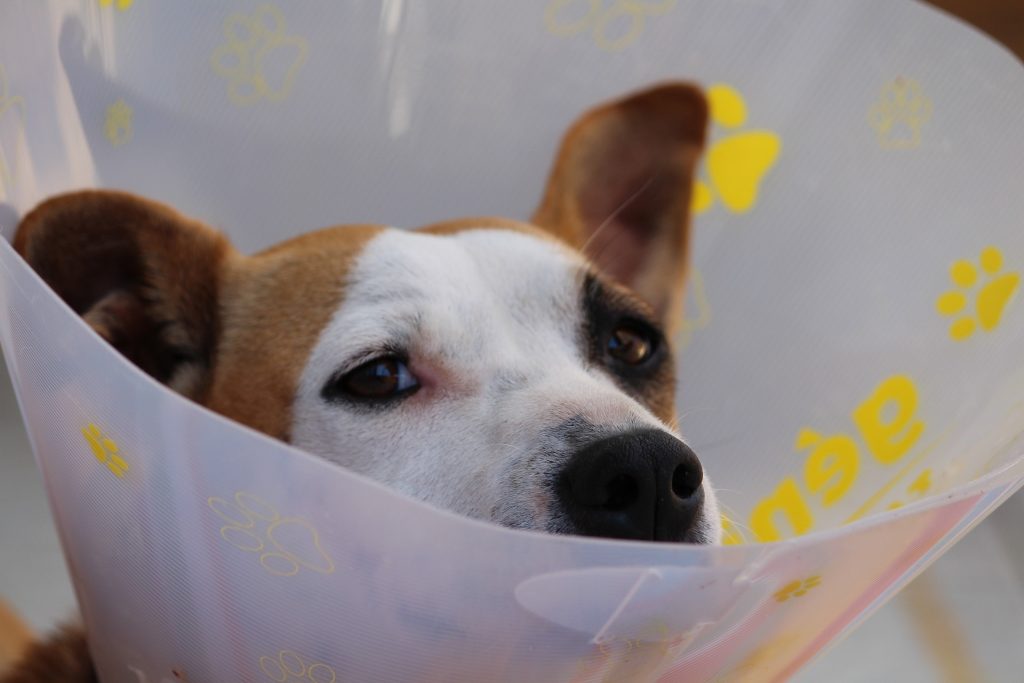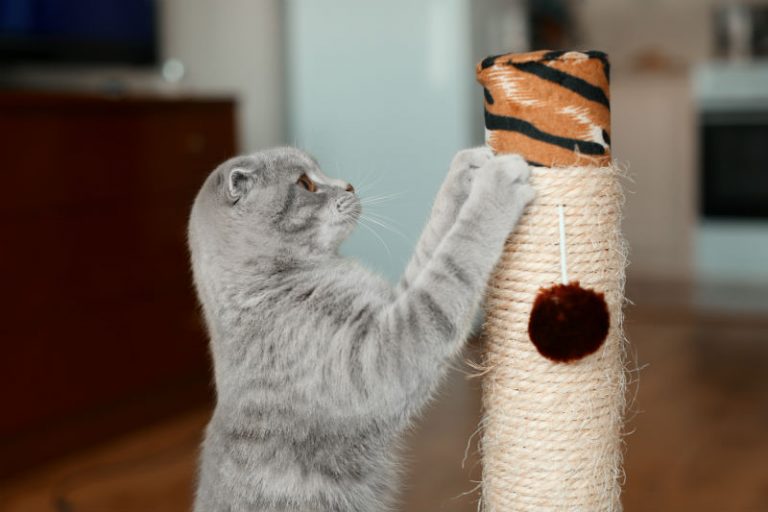If you didn’t get a chance to read Wound Healing Part I, read it here!
Primary Intention Healing
When the wound is a surgical incision with sutures in place, there is no wound area for the body to fill with granulation tissue. Instead, the wound margins are already held together and the two margins simply need to bond together. New skin begins to form across the margin within two days. The four stages of healing continue as previously noted but go much faster (10-14 days total) because there is no gap in the tissue to fill in. Healing occurs across the wound margin, not down its length, which means long incisions heal just as fast as short ones.
Secondary Intention
If the wound cannot be closed with sutures (too big, too much tension, too infected, etc.), then second intention healing begins. This is where granulation tissue must form to fill in the gap. Once is filled, contraction soon follows, which means the wound will be getting smaller and smaller. Eventually it can be allowed to simply close on its own or, when it is small enough, the margins can be trimmed and the wound surgically closed by primary intention for a smaller scar and better fur coverage. In the right circumstances, skin grafts can be applied but only if there is a healthy granulation bed.
When a wound is cleansed of debris, scabs, crusts (when a bandage is removed), granulation tissue is evident. Some people, especially those not familiar with wound management, may be alarmed by its appearance. It is red or bright pink, bleeds easily, moist, and is often confused with underlying muscle. It looks like it would be sore but its not. Many people incorrectly feel granulation tissue is not supposed to be there when, in fact, it is a sign of a healthy healing wound. It should be moist so as to allow better blood flow and a proper debridement phase (see part one). It bleeds easily as it is rich in blood vessels and is generally not painful as nerves grow into granulation tissue late in the healing process.
Check out our website next month for Part 3 of “Wound Healing”
Referenced from https://www.vin.com/




